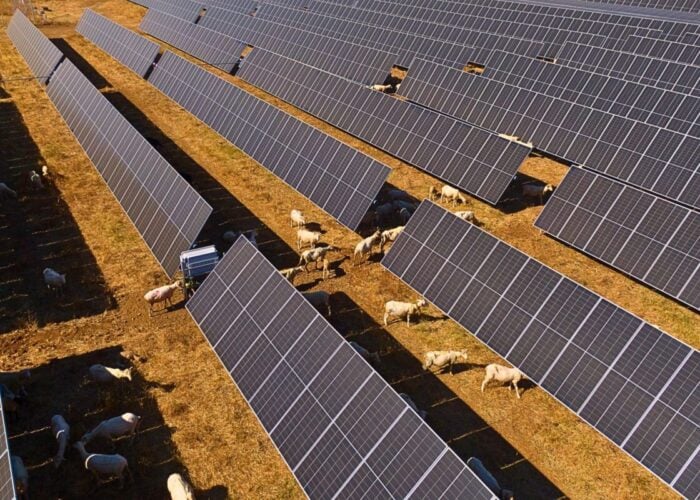
Solar manufacturing capacity in the US has nearly quadrupled in the two years since the Inflation Reduction Act (IRA) became law, a new report reveals.
According to the ‘US Solar Market Insight Q3 2024’ published today by the Solar Energy Industries Association (SEIA) and analysts Wood Mackenzie, solar manufacturing capacity in the US now stands at over 31GW, with over 10GW added in the second quarter of 2024 alone.
Unlock unlimited access for 12 whole months of distinctive global analysis
Photovoltaics International is now included.
- Regular insight and analysis of the industry’s biggest developments
- In-depth interviews with the industry’s leading figures
- Unlimited digital access to the PV Tech Power journal catalogue
- Unlimited digital access to the Photovoltaics International journal catalogue
- Access to more than 1,000 technical papers
- Discounts on Solar Media’s portfolio of events, in-person and virtual
The IRA—president Joe Biden’s landmark legislation—passed into law in 2022, and offers generous tax incentives to PV module producers, which has since unleashed a wave of new manufacturing capacity additions.
“The solar and storage industry is turning federal clean energy policies into action by rapidly creating jobs and powering economic growth in all 50 states, particularly in battleground states like Arizona, Nevada and Georgia,” said SEIA president and CEO Abigail Ross Hopper. “We are now manufacturing historic amounts of solar energy in America, and soon, we will have enough domestic module production to supply nearly all US demand for years to come.”
The IRA has also spurred a boom further downstream, with 75GW of new capacity added to the grid since its introduction, representing over a third of all solar capacity built in the US to date, the report found.
Texas continues to lead the way as the US’ dominant PV market, clocking up 5.5GW of new solar capacity in the first half of 2024. This was nearly twice as much as the number two state, Florida, which managed 2.GW in the first half of the year.
Despite the good news for manufacturing and utility-scale deployment, deployment in the residential PV segment was less encouraging, with installations falling 37% year-over-year. This is in a large part due to the decline of the Californian market, where a shift from net metering to net billing has prompted a 36% contraction in the state’s residential PV installations. The report predicted residential installations would hit a floor this year, falling 19% nationwide, but pick up again looking further ahead.
Another issue looming large for the US clean energy transition is the growing backlog of projects awaiting a grid interconnection, which is causing long delays in project execution. Another cloud on the horizon is upcoming presidential election, after which a sharp pivot in energy policy could be on the cards in the event of a victory by the Republican candidate Donald Trump.
“The solar industry had a great second quarter, mostly due to growth in the utility-scale segment,” said Michelle Davis, head of global solar at Wood Mackenzie and lead author of the report. “But future solar growth is being hindered by broader power sector challenges—interconnection backlogs, electrical equipment shortages, and constraints on labor availability. The industry also faces uncertainty related to newly proposed tariffs and the presidential election. There is currently a lot to navigate in the solar industry.”
But for now, the outlook for the US solar industry looks strong, with the report predicting annual installations of at least 40GW a year from 2025 and a total installed capacity of 440GW by 2029.
The travails of the US grid in coping with the backlog of interconnection requests from new solar and storage projects is explored in detail in the latest edition of PV Tech Power. To read the new edition in full, click here.







